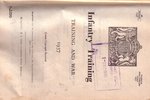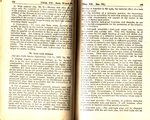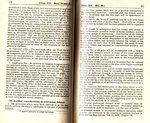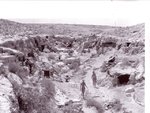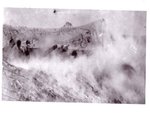parsifal
Colonel
Now, there will be more than a few of you saying to yourselves something like" well, if tanks are not able to easily beat Infantry how come the germans (and others) used them to spearhead all their offensives?" The answer is quite simple. its not just tanks that did it. nor was it just Infantry, or just artillery. it wsa the successful combination of all arms, in just the right blend, and using just the right technique to break the defending Infantry, or force. I am not saying tanks are not immensely powerful. What i am saying is thay cant do the job on their own. i am also adamantly saying that AT defence does not end with the AT Battalian in a division. I am even saying that the dedicated AT force is not even the mainstay of the AT defence

